New journal: Nature 2023?
Real Climate
MAY 30, 2024
The mix of warming and cooling effects and different timescales for each, makes calculating the impact hard. a net cooling!). 2024) Looked at the impact of Chinese aerosol emission decreases from 2010 to 2020 and saw increases in North Pacific ocean temperatures. W/m 2 over 2022-2023″ (i.e. They find a radiative forcing 0.2±0.11

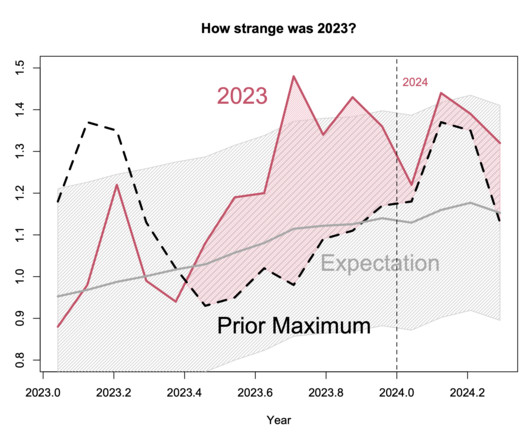
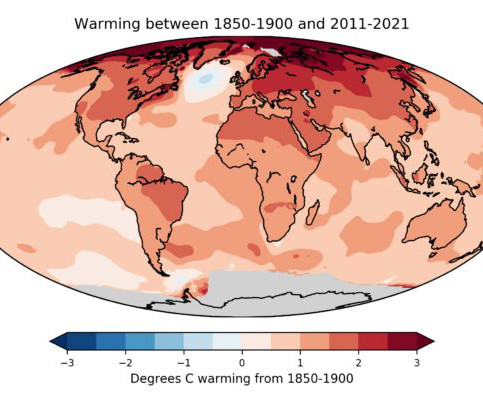
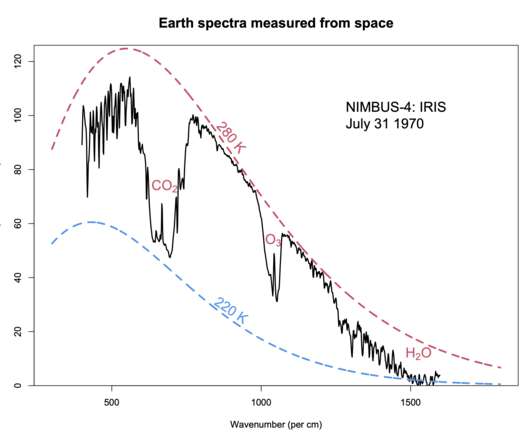
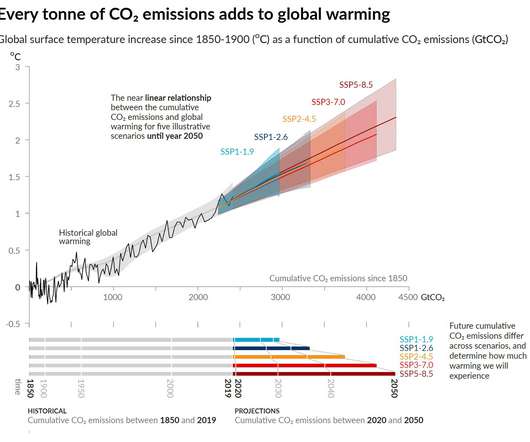
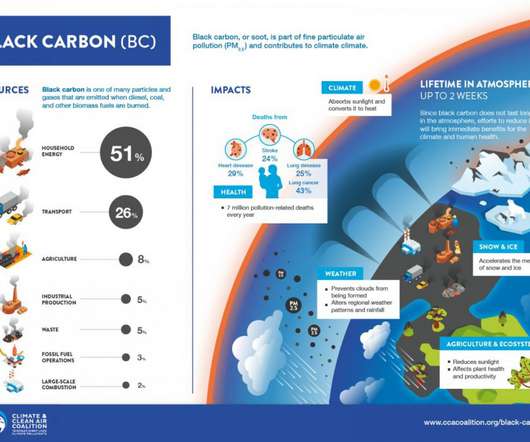
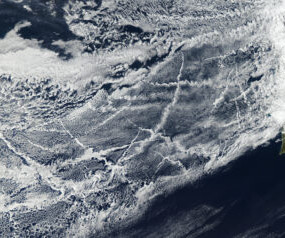
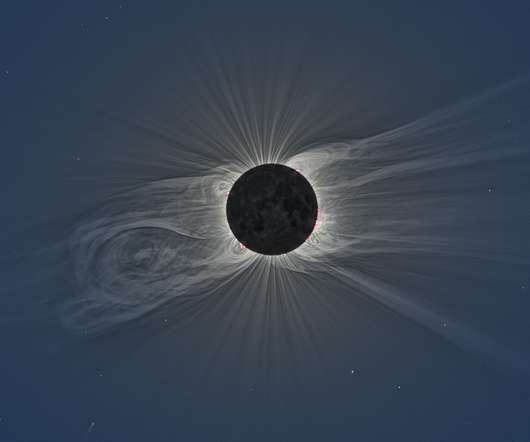
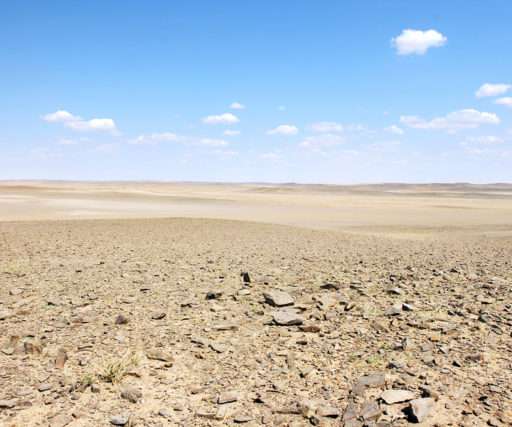






Let's personalize your content